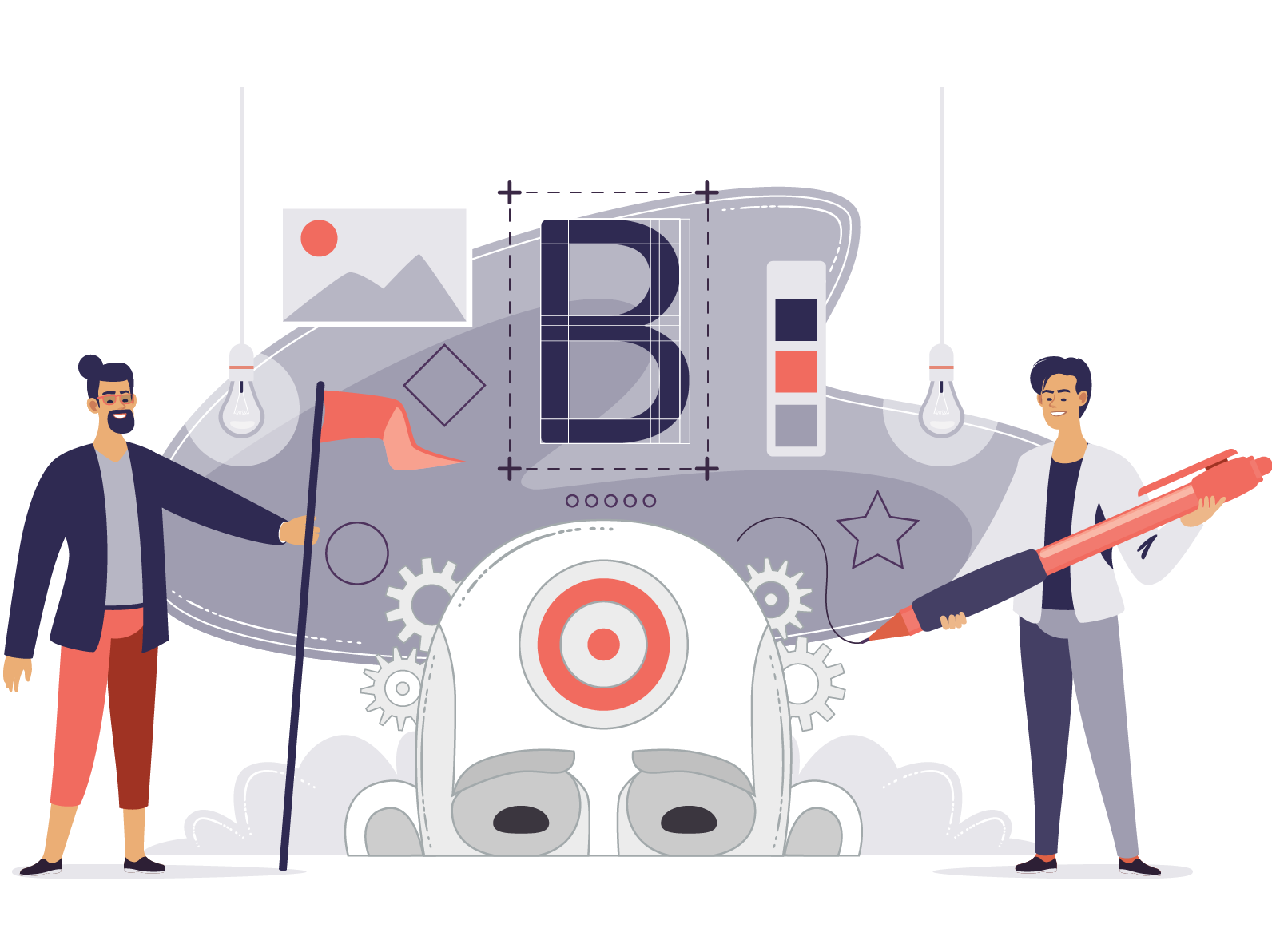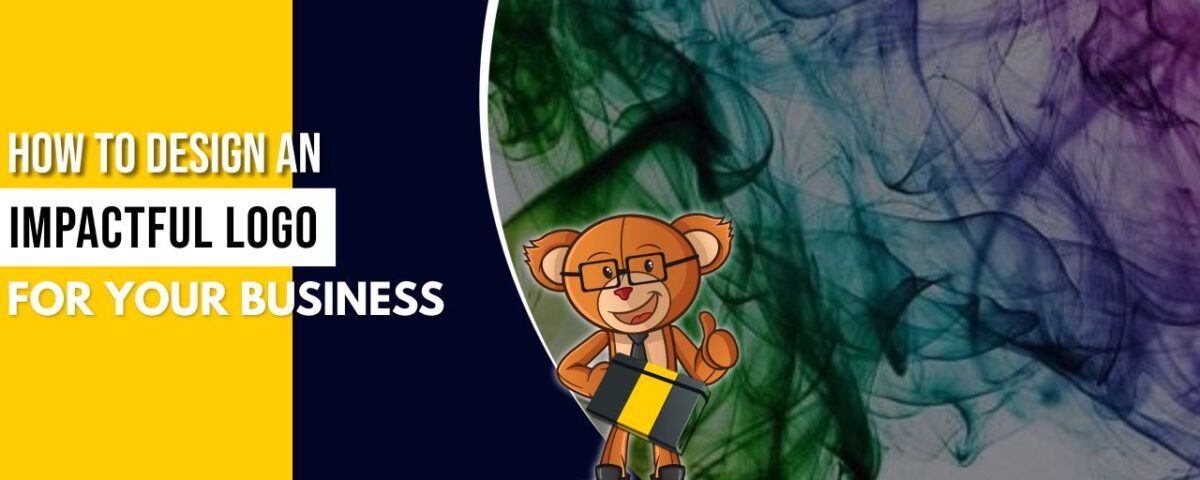How to design an Impactful Logo for your business

7 Reasons why WordPress is a perfect Platform for Entrepreneurs
March 23, 2023
5 Tips to Secure your E-Commerce Website
April 14, 2023A well-crafted logo design has the potential to instantly capture the audience's attention, influence their perception of the company, and ultimately drive sales. Creating a logo for your brand requires creativity and proficiency in various technical skills such as typography, illustration, colour theory, and visual composition. The proven tips below will help you find inspiration and point you in the right direction to design a logo that truly represents the essence of your brand.
1. SELECT A FONT

This is the time to incorporate text and imagery. If your chosen sketch is primarily a shape or symbol rather than text, begin to incorporate your company's written name. Believe it or not, your font can reveal much about your company. You can select a serif font (with stems on each letter) or sans serif (no stems), also known as classic or modern.
2. CHOOSE VERSATILE COLORS

Your logo's colour scheme may look great against the colour of the canvas it was designed, but it will eventually be placed on backgrounds whose colours you did not choose. Always keep logo colour variations for both dark and light backgrounds on hand. That could mean only changing the colour of your font. In some cases, you may be required to change the colour of your entire logo.
3. SELECT A DESIGN STYLE

The first thing you should consider when designing your logo is the appropriate design aesthetic for your company. Now that you have a clear vision for your brand and are inspired, it's time to start translating that into the design. Numerous elements are at work here, ranging from colours, shapes, and graphics to typography. Isolating each component and what it can do for your logo will allow you to take things slowly rather than being overwhelmed by the entire design at once.
4. SIZE

In terms of size, the logo should be clear and distinct, i.e., it should be legible. Also, remember that when a logo is used for promotional materials, letterheads, or envelopes, it should retain its meaning even when scaled down. In other words, if a person is going to promote his or her business through hoardings, billboards, and posters, he or she should ensure that the logo looks good in a larger format.
5. ENSURE SCALABILITY

Logos are intended to represent your company on multiple platforms, including print, your website, and your social media business pages as your company grows. You want a logo that can be supersized for hoarding but scaled down for screening on the side of a pen.
Regardless of the size of your logo, every part of it should be legible.












